The publication was produced as part of the exhibition High Level Margins With a Catalogue at Kunstverein, Amsterdam by Nedko Solakov, 18 September–21 November 2010 and served as a reading device for the stories displayed on and around the margins of Kunstverein’s 3.5m high ceiling.
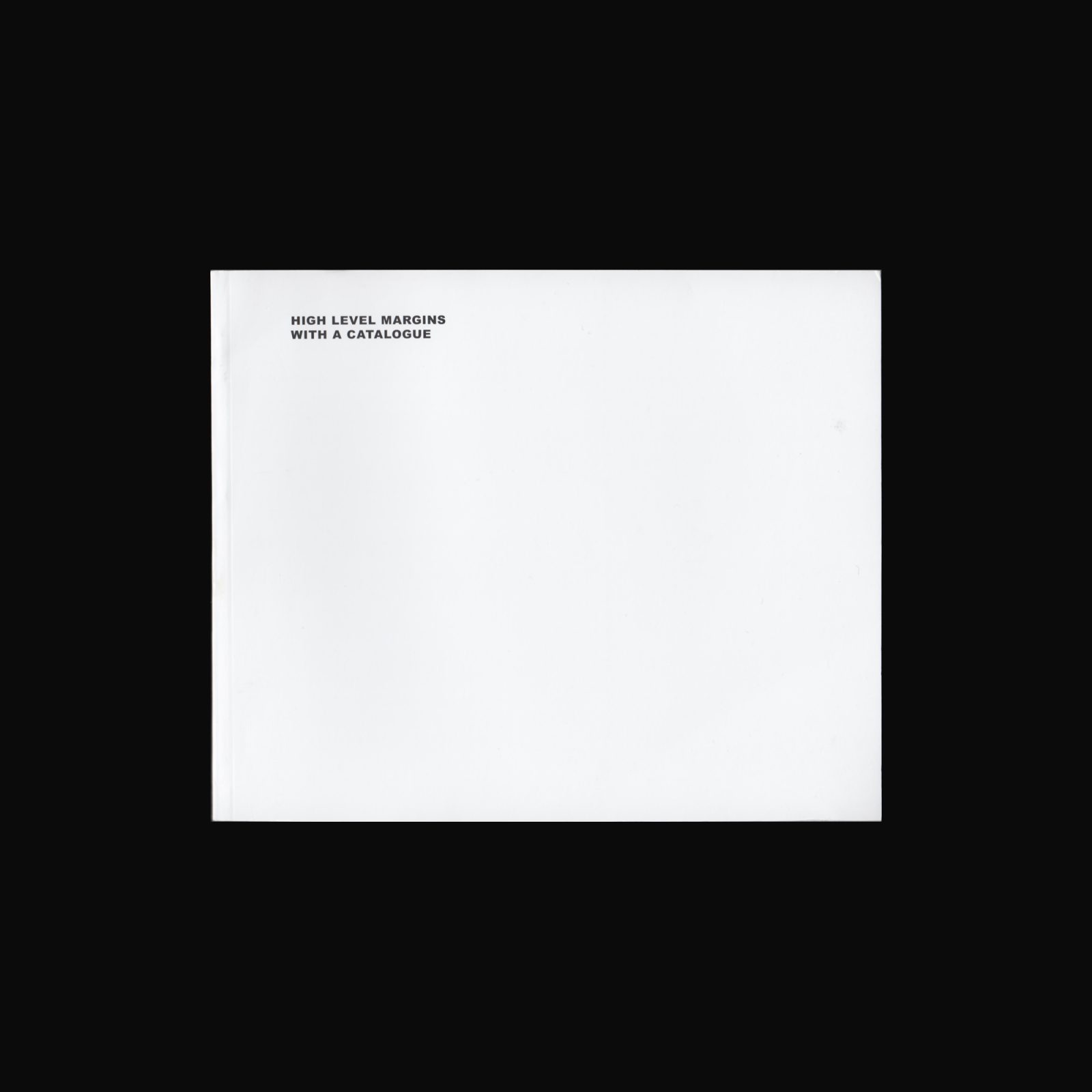


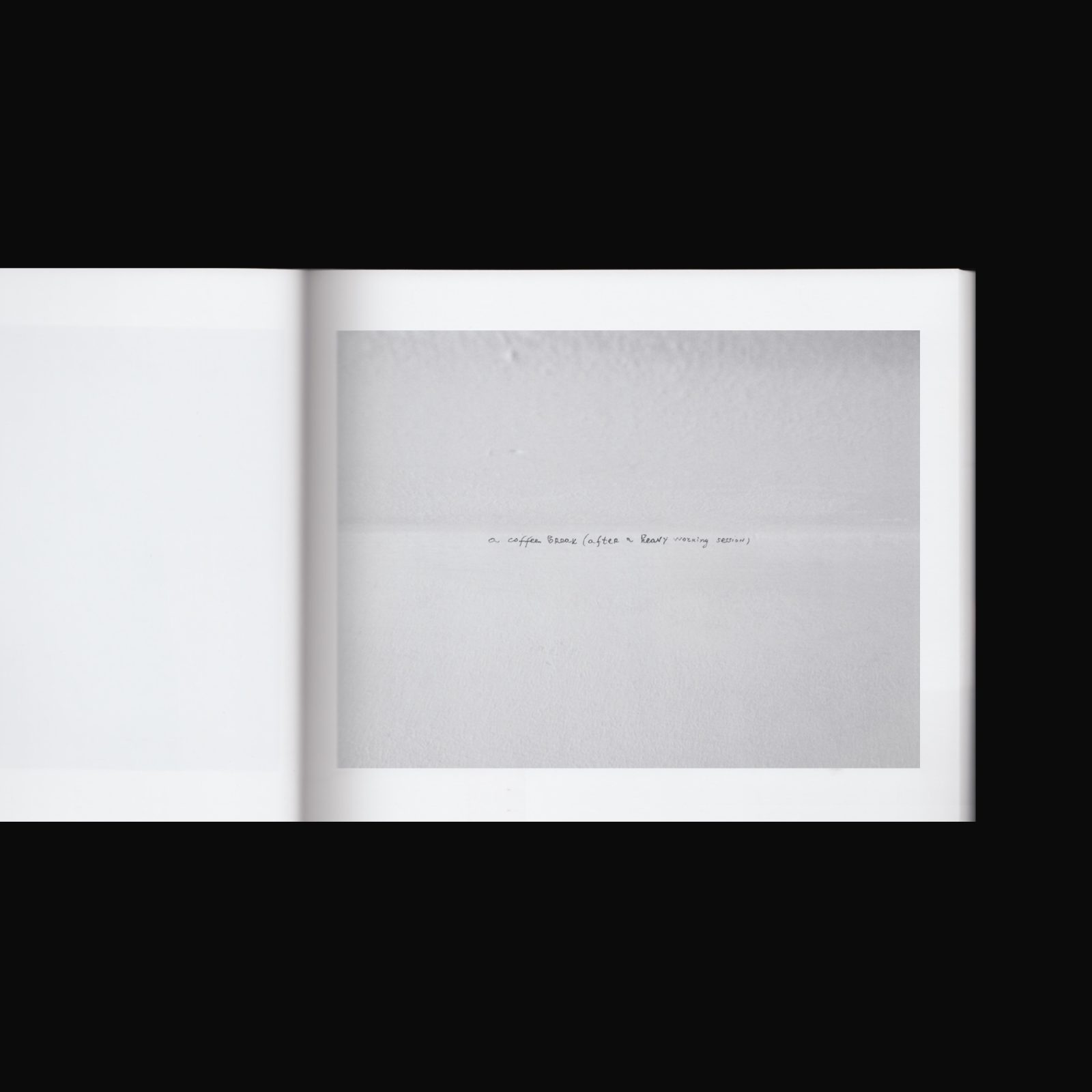

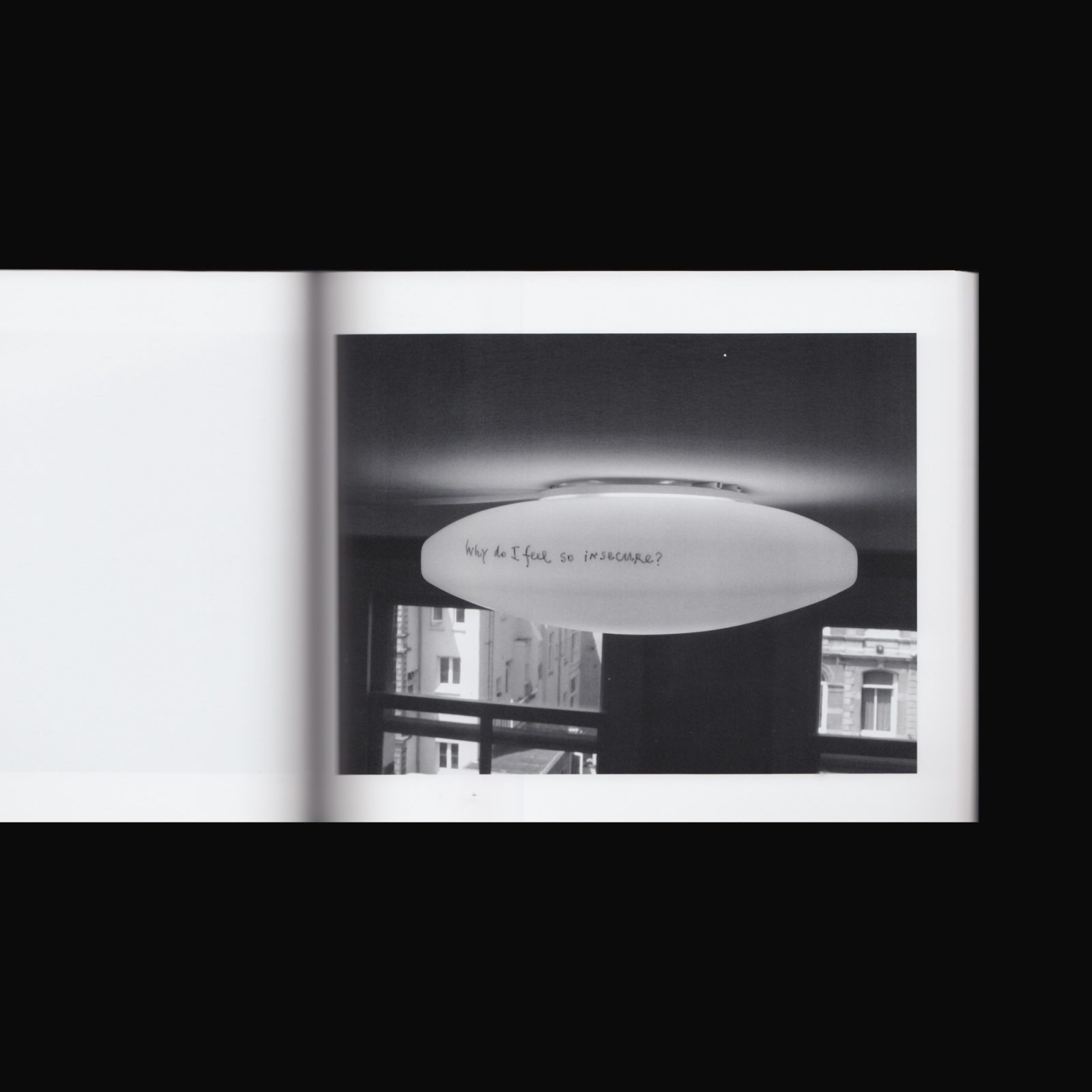
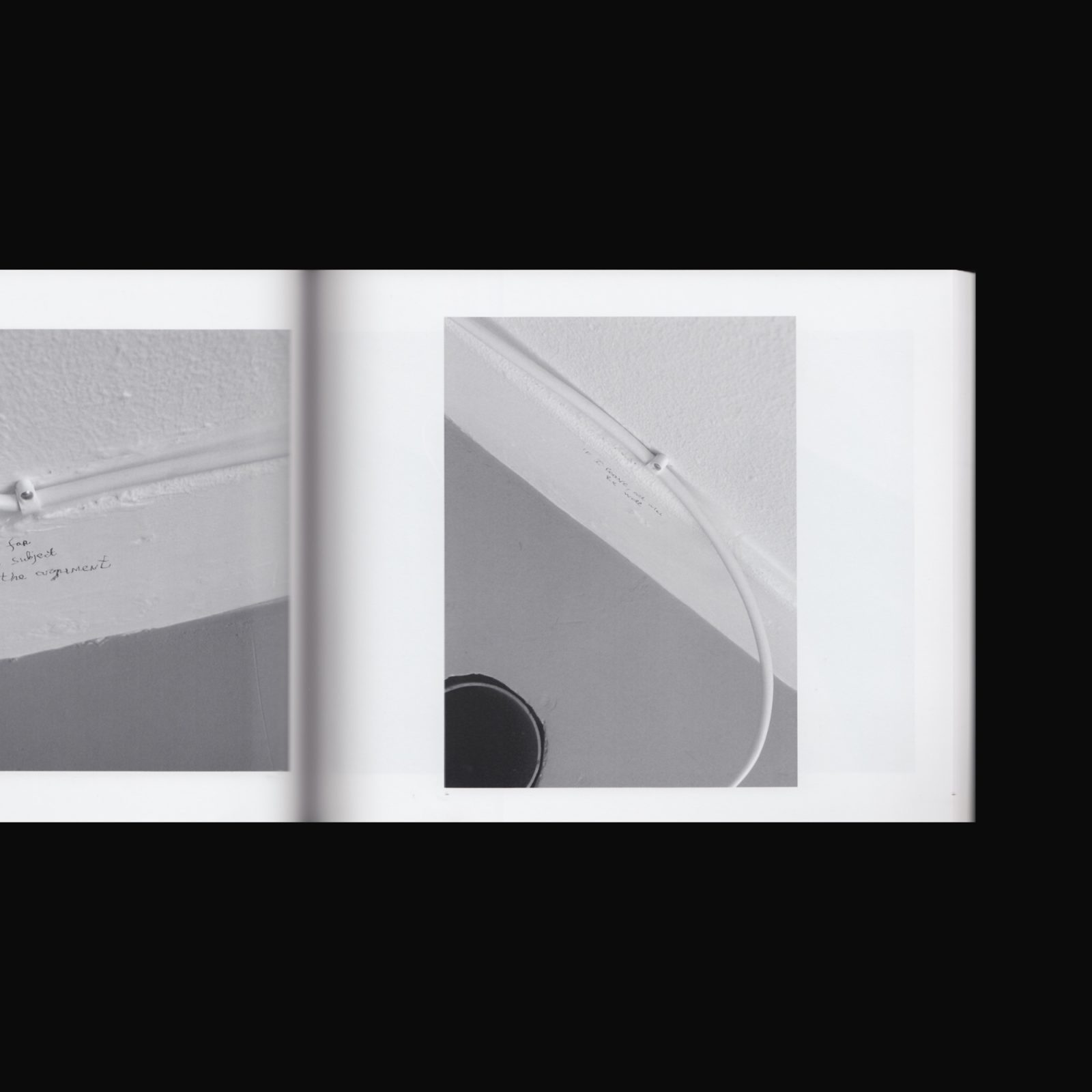



Second Thoughts, co-published by Kunstverein, Amsterdam, and Plug In ICA, Winnipeg, follows Kunstverein’s earlier publication, Paper Exhibition: Selected Writings by Raimundas Malašauskas, as the second in a series featuring the work of an author whose writing has never before been collected in a dedicated, single object. This collection of essays spans multiple research disciplines, including Angie Keefer’s own biography, and runs parallel to her artistic practice. All of the texts were commissioned and published previously, but many have been rewritten for this book. Keefer deftly brings together technological inquiry with artistic production and quotidian human experience.
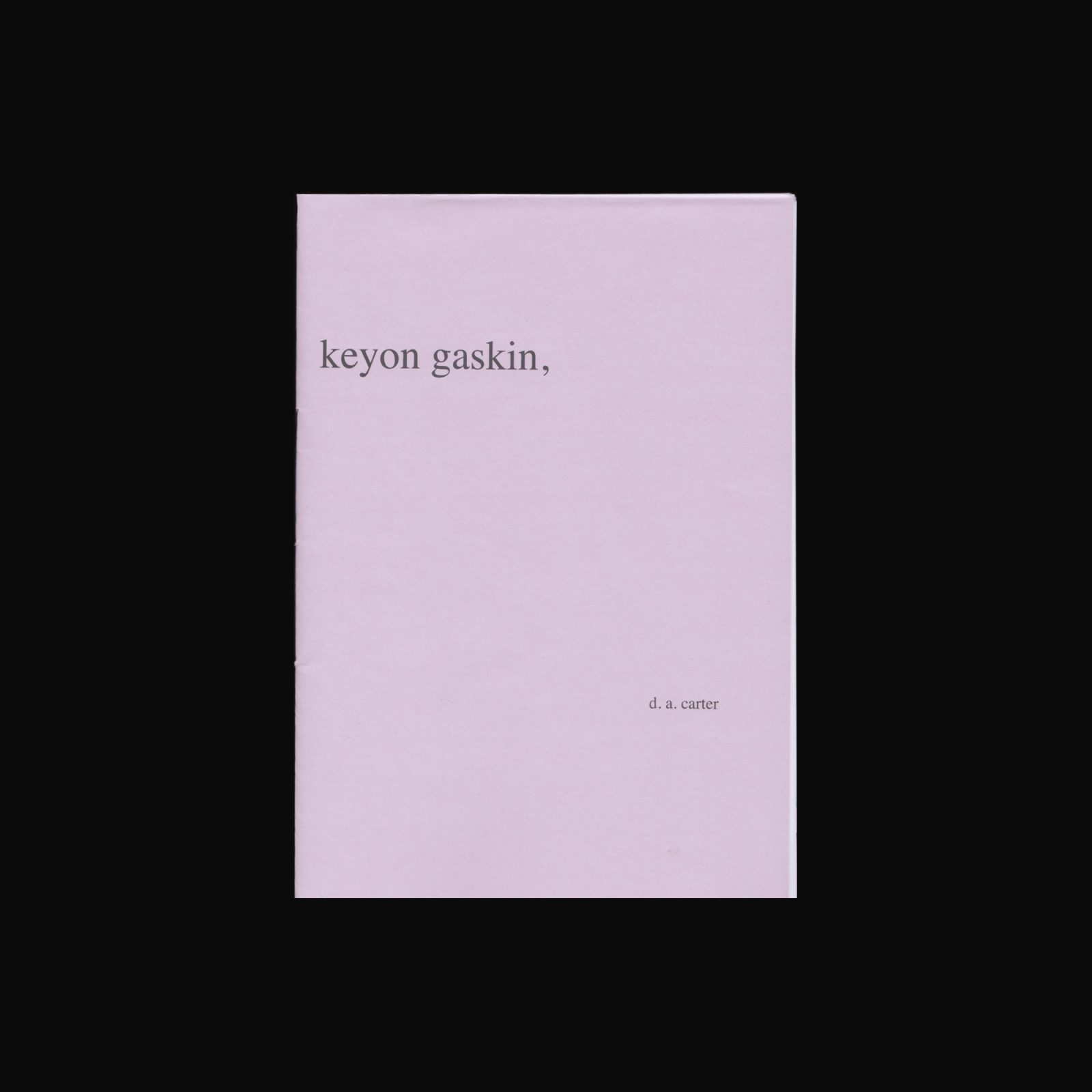

Produced on the occasion of NASHA, a work by keyon gaskin commissioned by If I Can’t Dance, I Don’t Want To Be Part Of Your Revolution as part of VII–Social Movement (2017–18) curated by Frédérique Bergholtz and Susan Gibb. Performers Samiya Bashir, d.a. carter, keyon gaskin, sidony oneal, Adee Roberson, Raoni Muzho Saleh, and Joy Mariama Smith.
Designed by Will Holder.
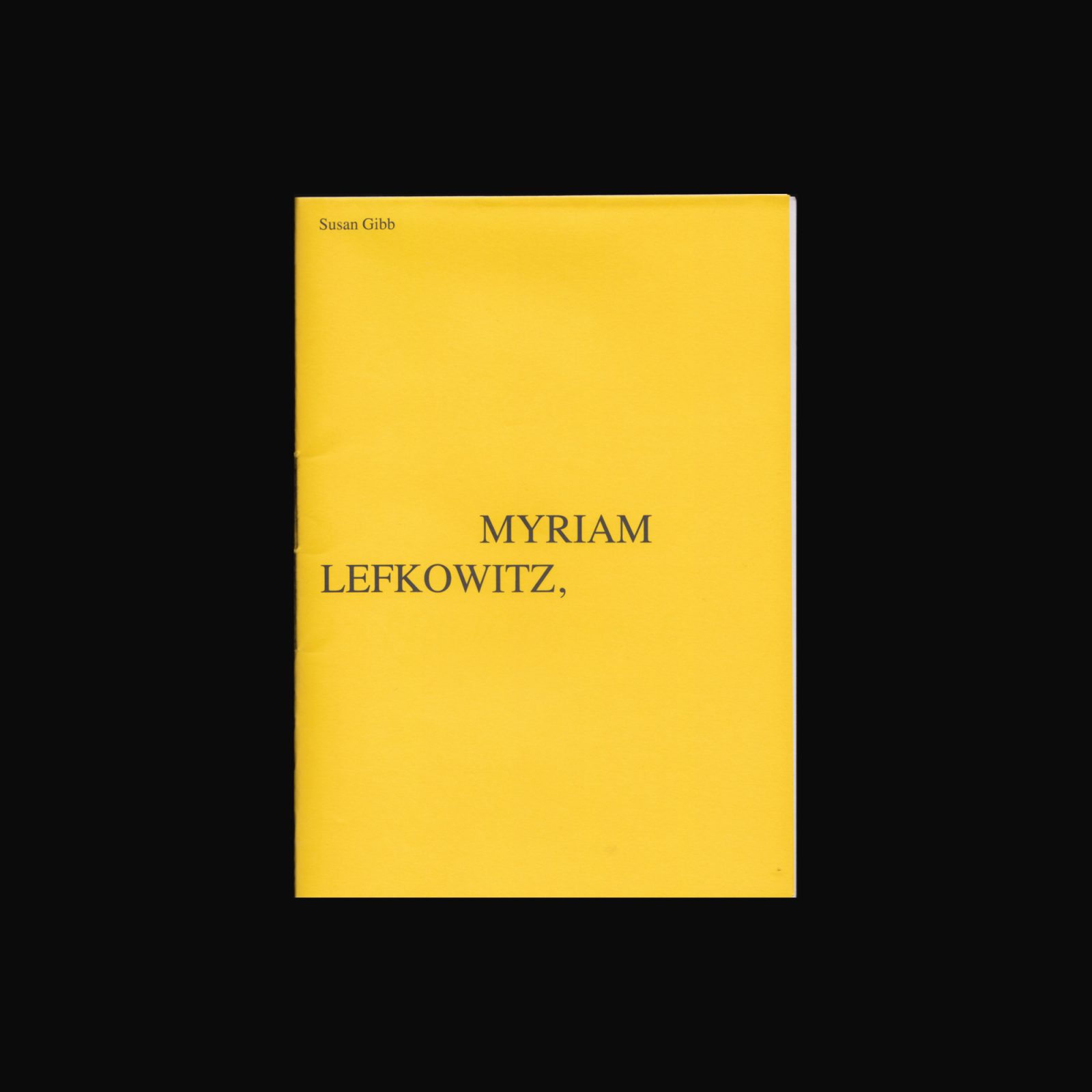

Produced on the occasion of La Bibliothèque, a work by Myriam Lefkowitz commissioned by If I Can’t Dance, I Don’t Want To Be Part Of Your Revolution as part of VII – Social Movement (2017–18) curated by Frédérique Bergholtz and Susan Gibb. Performers Lendl Barcelos, Alkis Hadjandreou, Annick Kleizen, Myriam Lefkowitz and Zoe Scoglio.
Designed by Will Holder.
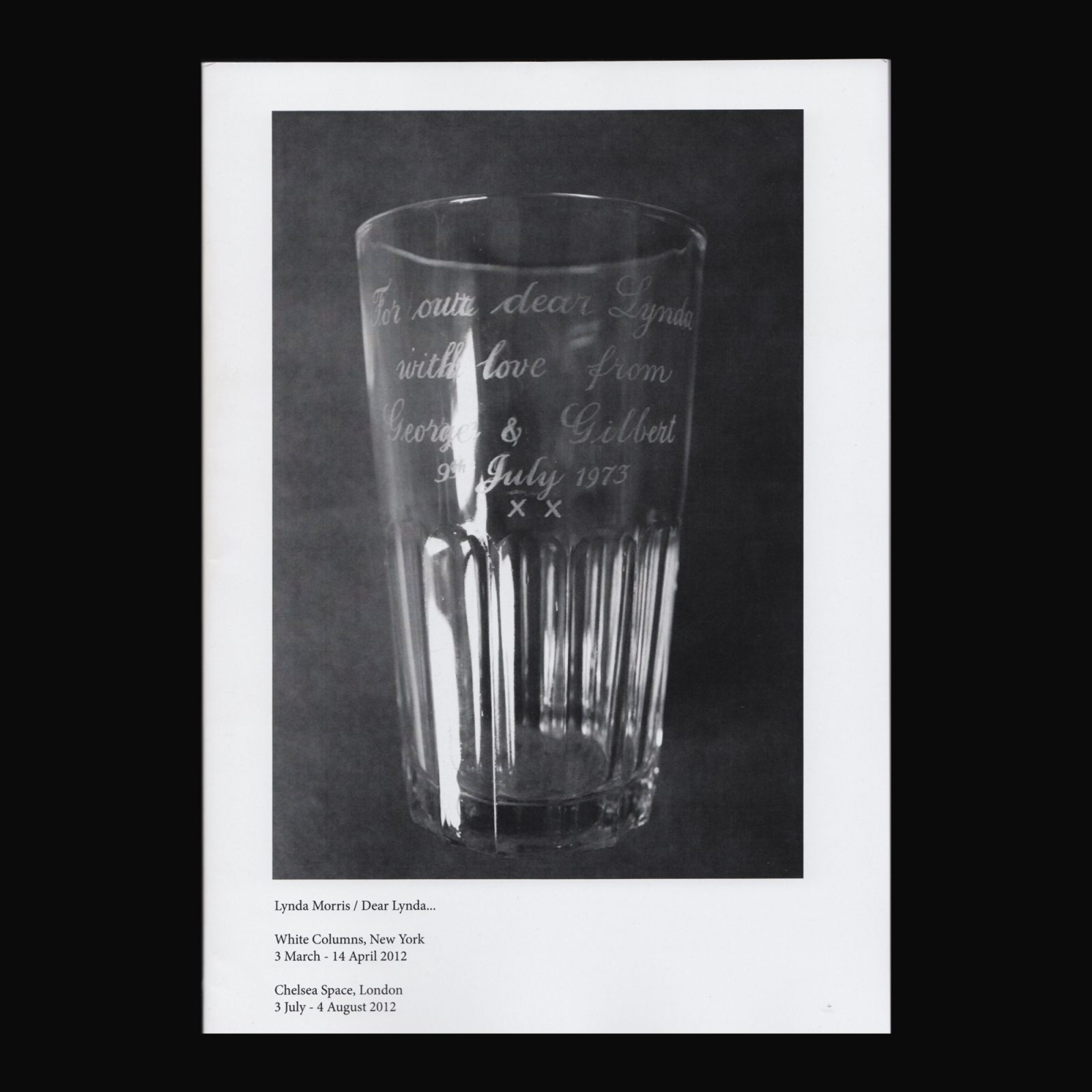

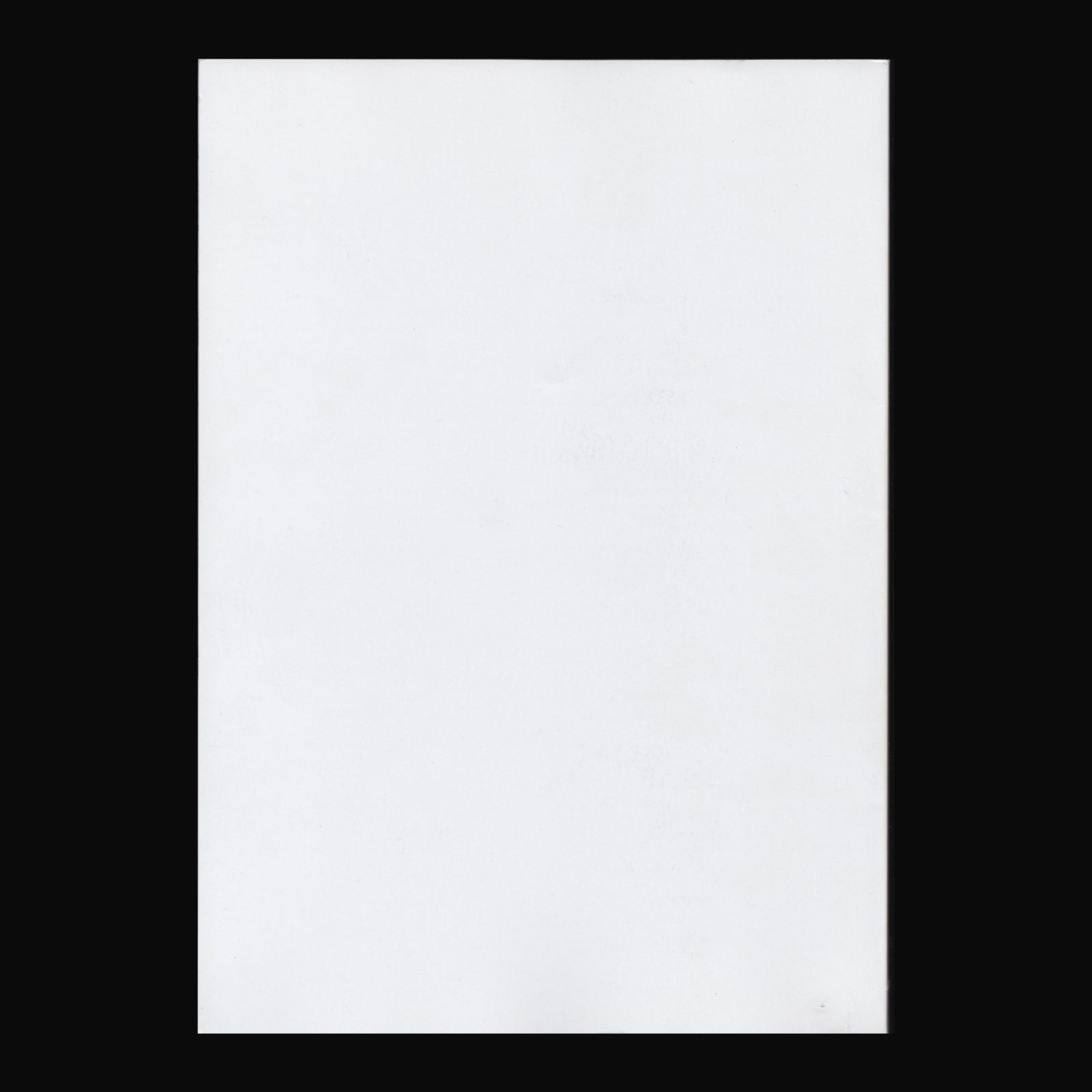
Produced on the occasion of the exhibition Lynda Morris / Dear Lynda… at White Columns, New York and Chelsea Space, London, 2012.
An exhibition that considers the ongoing practice of the British curator and writer Lynda Morris. As with the term ‘artist’s artist’ there should perhaps be an additional category of ‘artist’s curators’ for which Morris would be an exemplary figure. Having worked for most of her career in regional British cities (inc. Nottingham and Norwich), Morris’ ongoing advocacy for the social realities and political necessity of art is evident in her most recent major project “Picasso: Peace and Freedom” an exhibition and accompanying book that she organized for Tate Liverpool, England, a project that considered the legacy of Picasso’s involvement in and support of the Peace movement.
Including the work of Art & Language, Gilbert & George, Andre Cadere, John Baldessari, David Lamelas (whose early works Morris appeared in), Richard Hamilton, Bernd and Hilla Becher, Marcel Broodthaers, Gustav Metzger, Stephen McKenna, Nigel Henderson, John Wonnacott, Jeremy Deller, Lucy McKenzie, Marc Camille Chaimowicz, John Stezaker, and more—White Columns press release
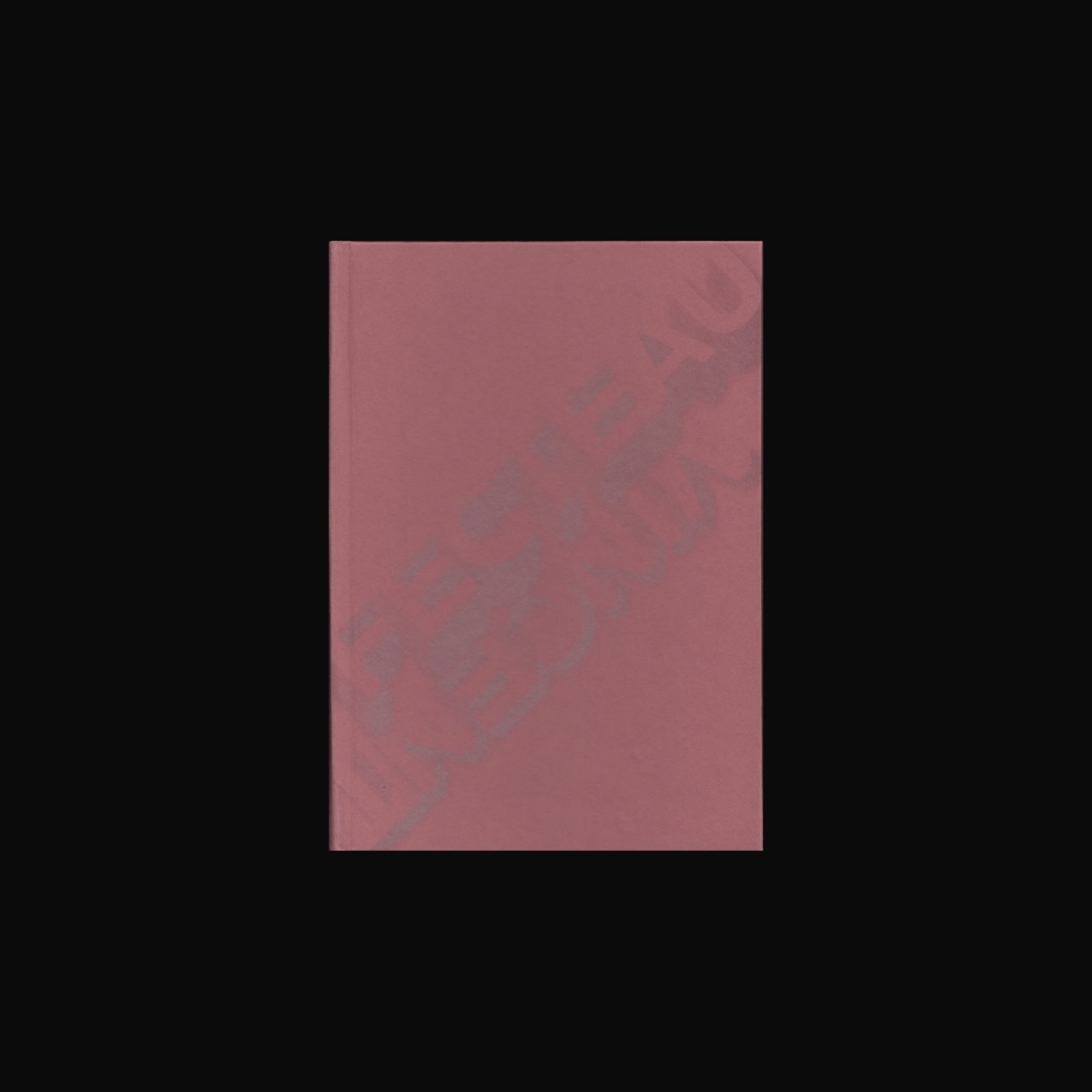

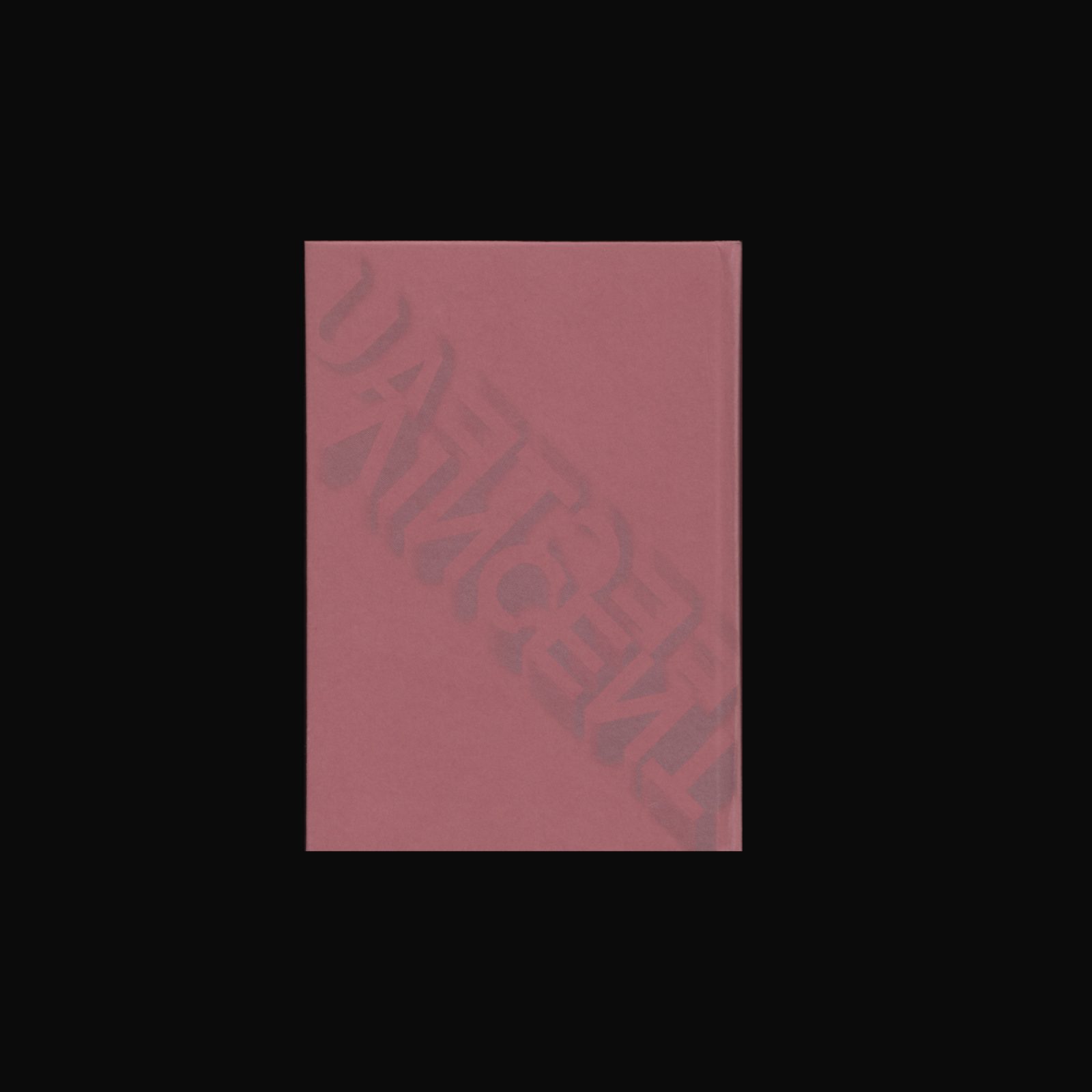
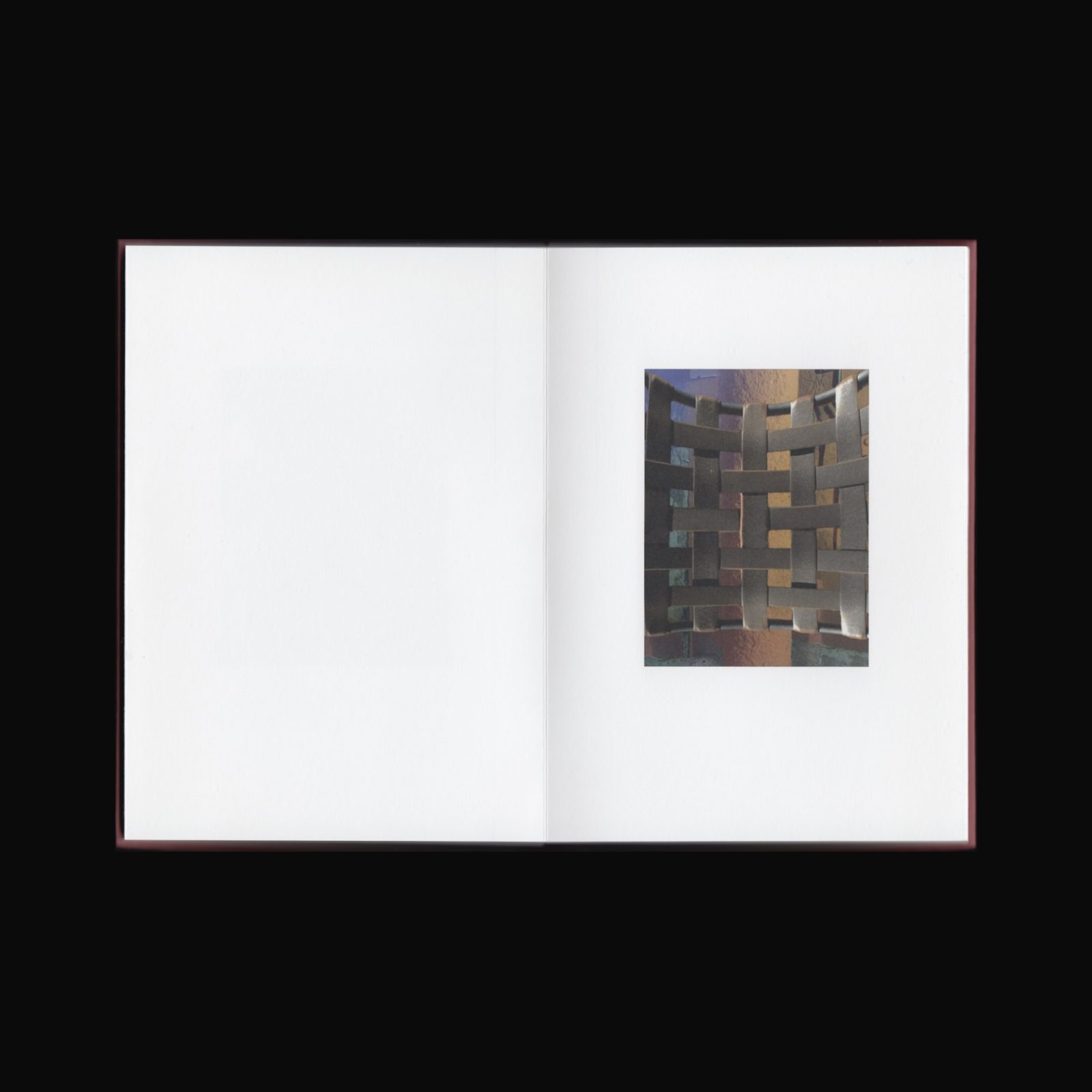
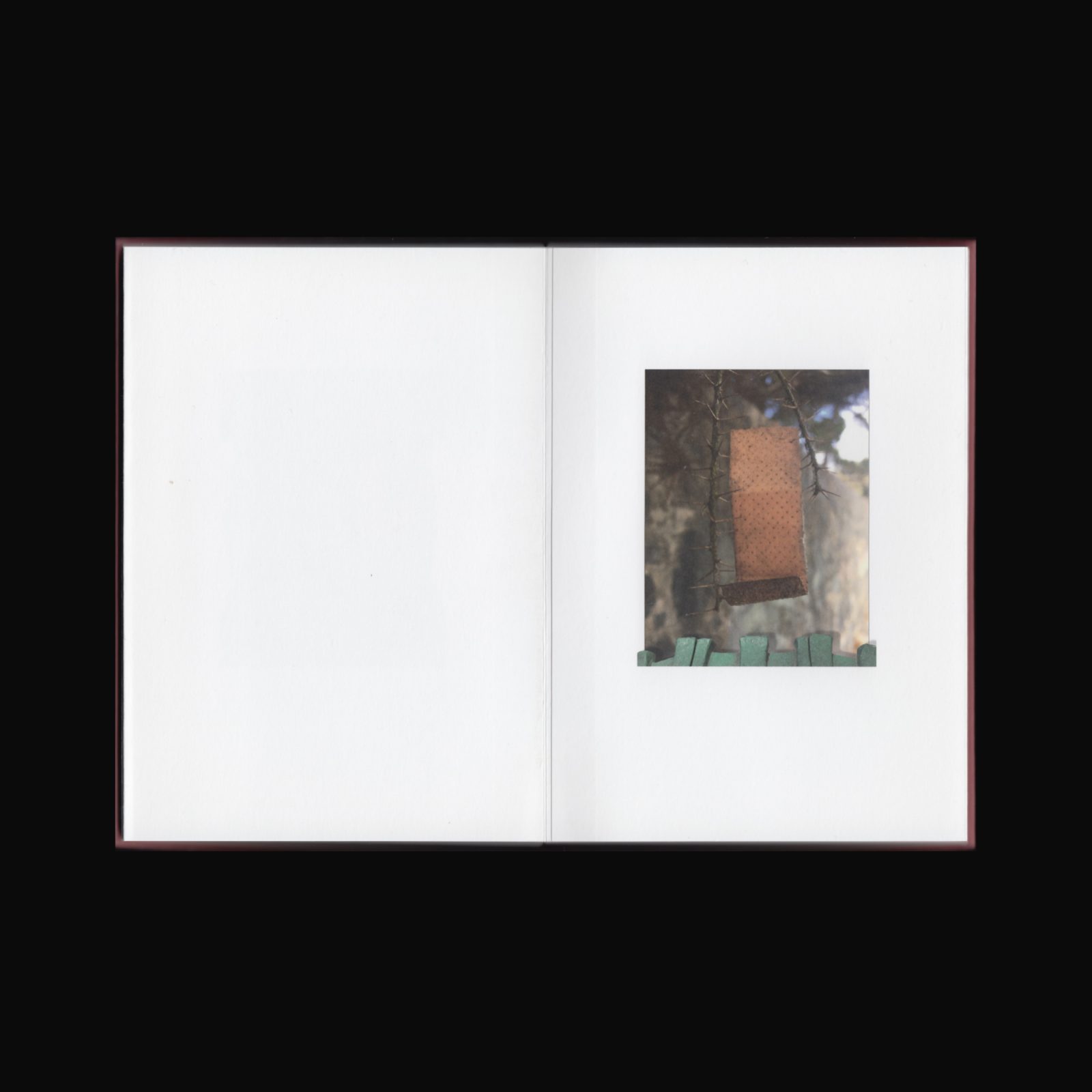

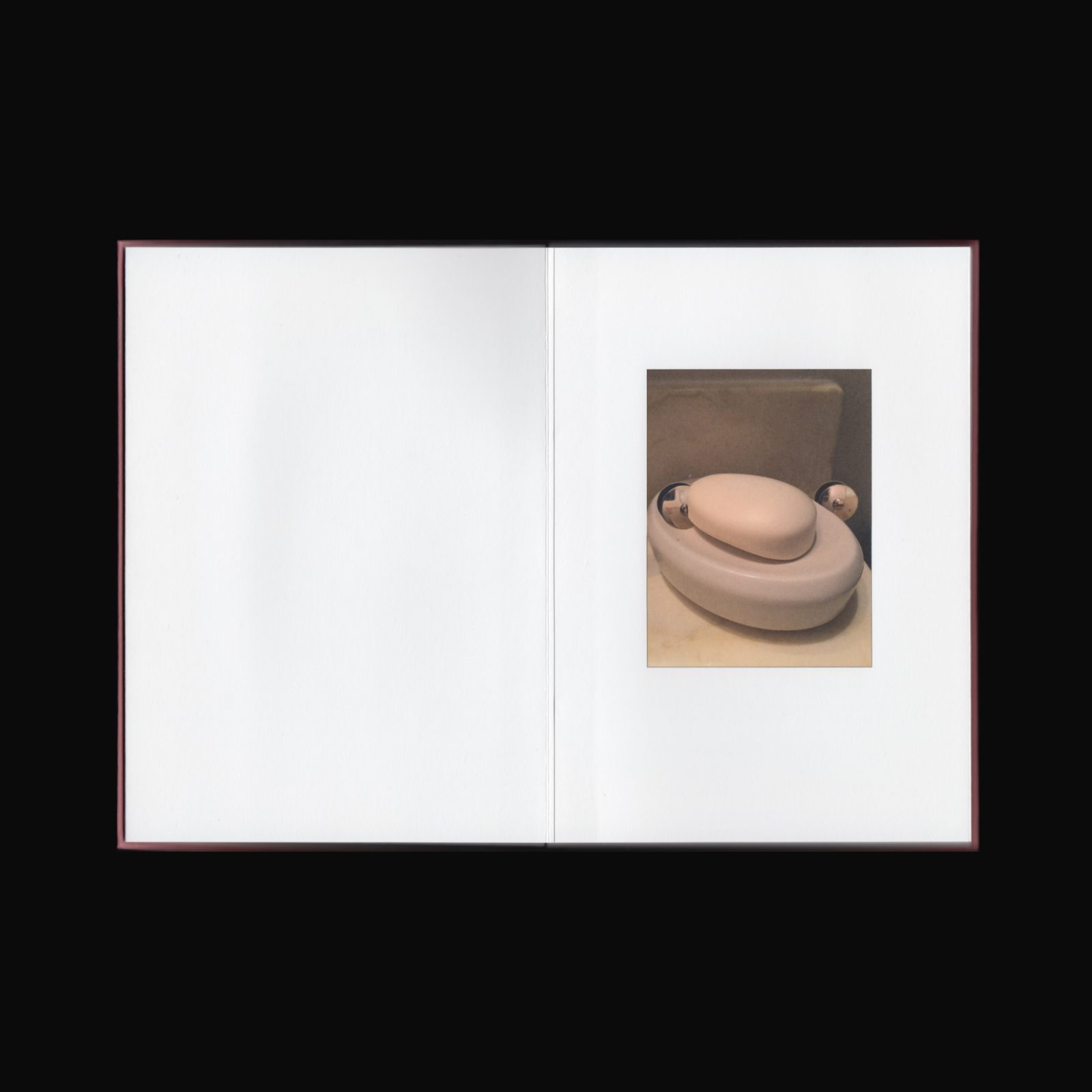
Produced on the occasion of Vincent Fecteau’s 2016 exhibition at Secession, Vienna.
Fecteau’s abstract sculptures defy summary description. Out of everyday staples like papier-mâché, cardboard, pictures from magazines, and paint, he fashions complex objects in which spaces simultaneously collapse and explode. Reminiscent, in many instances, of the elemental forms of early twentieth-century art, his works evoke associations ranging from utopian architecture and avant-garde stage design to masks and industrially manufactured components, yet they do not spell out their references. They keep their secret in a deliberate and insistent refusal to communicate definite meaning, indicating the artist’s emphasis on sculpture as sculpture and the agency it possesses as a real thing in the world.
In his exhibition in the Secession’s main gallery, the first time his work is on display in Austria, Vincent Fecteau presents a new series of ten painted sculptures. Their fairly large rectangular shapes only distantly recall the boxes for cut flower with which the artist started. Alternately adding and removing elements in a playful cumulative practice that is characteristic of his art, Fecteau has transformed them into convoluted volumes.